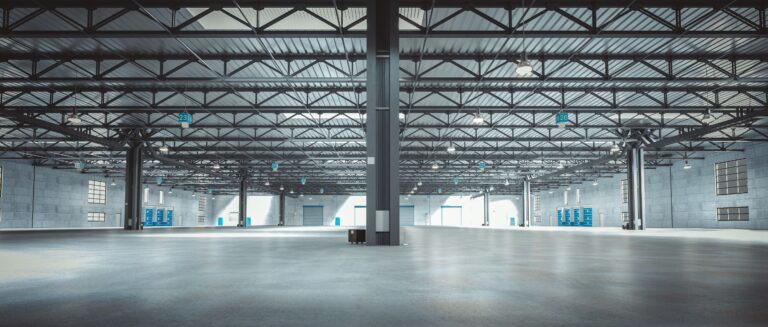The industrial and logistics market has seen a significant rebound in warehouse demand, returning to a level consistent with the pre-Covid ten-year average, according to a recent market report by Colliers.
In the first half of 2024, the take-up of industrial space exceeding 100,000ft2 reached 13.3 million ft2, marking a 4.4% increase from the previous year, across 53 deals.
Key deals, including Yusen Logistics’ pre-let of 1.2 million ft2 at SEGRO Logistics Park Northampton and Nike’s 1.3 million ft2 pre-let at Magna Park Corby, underscore this resurgence. The Midlands emerged as a hotspot, with major deals contributing to the region’s strong performance in Q2.
The report concluded, second-hand space proved to be the most popular category, accounting for 37% of total take-up, followed by build-to-suit units at 31%, and speculatively developed spaces at 32%. Storage and third-party logistics providers were reportedly the most active occupiers, making up 46% of the take-up, with wholesale and retail sectors trailing at 24%.
Despite a slowdown compared to recent years, the report highlighted rental growth remains robust. MSCI data reports a quarter-on-quarter growth of 1.5% and a year-on-year growth of 6.8%. Investment volumes reached £3.5 billion in the first half of the year, aligning with the pre-Covid five-year average.
Len Rosso, head of industrial and logistics at Colliers, noted: “We are clearly returning to a more normalised market environment, with take-up, rental growth and investment now within the long-term averages for our sector. It is the prime market locations that have led the way this year, with occupiers looking to future-proof their supply chains by fulfilling their larger scale requirements which they have been contemplating for a while.”
The UK’s industrial market vacancy rate stabilised at 7.3% in Q2, a slight decrease from 7.5% in the previous quarter, according to the report’s findings. However, speculative warehouse development has slowed, with only 6.1 million ft2 delivered in the first half of the year, a sharp decline from the 11.3 million ft2 in the latter half of 2023.
Andrea Ferranti, head of industrial research at Colliers, highlighted concerns about the future supply of prime warehouses. “Due to the economic challenges of the last 18 months, the development of speculative supply has decreased. We anticipate that improving market conditions will drive demand, but a lack of good quality space could impact corporate real estate strategies, particularly regarding ESG credentials.”
With the UK election concluded and signs of an improving macroeconomic environment, Colliers expects demand to rise in 2025. However, the firm warns of a potential reduction in prime supply, which may pose challenges for future industrial occupiers.







